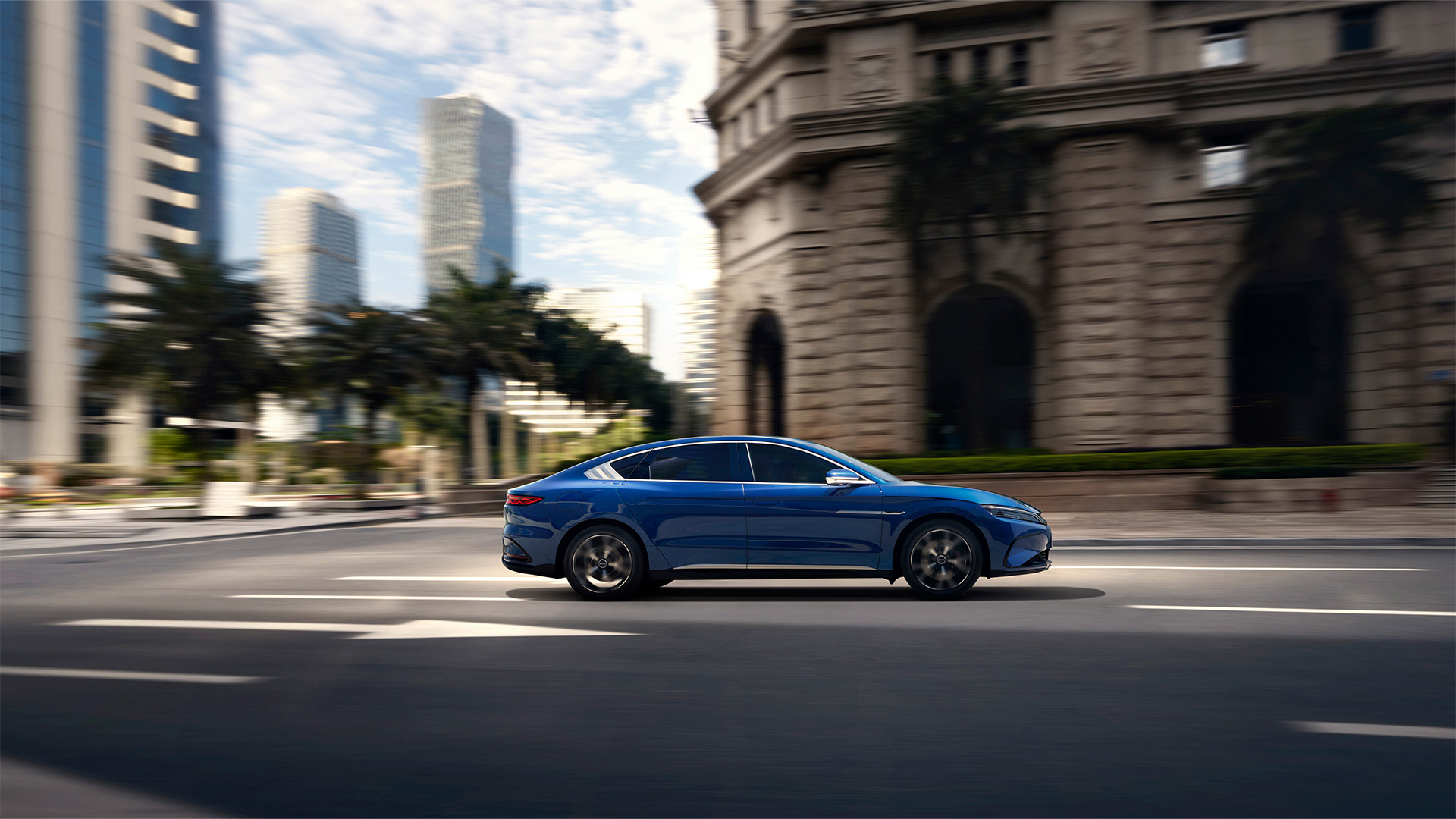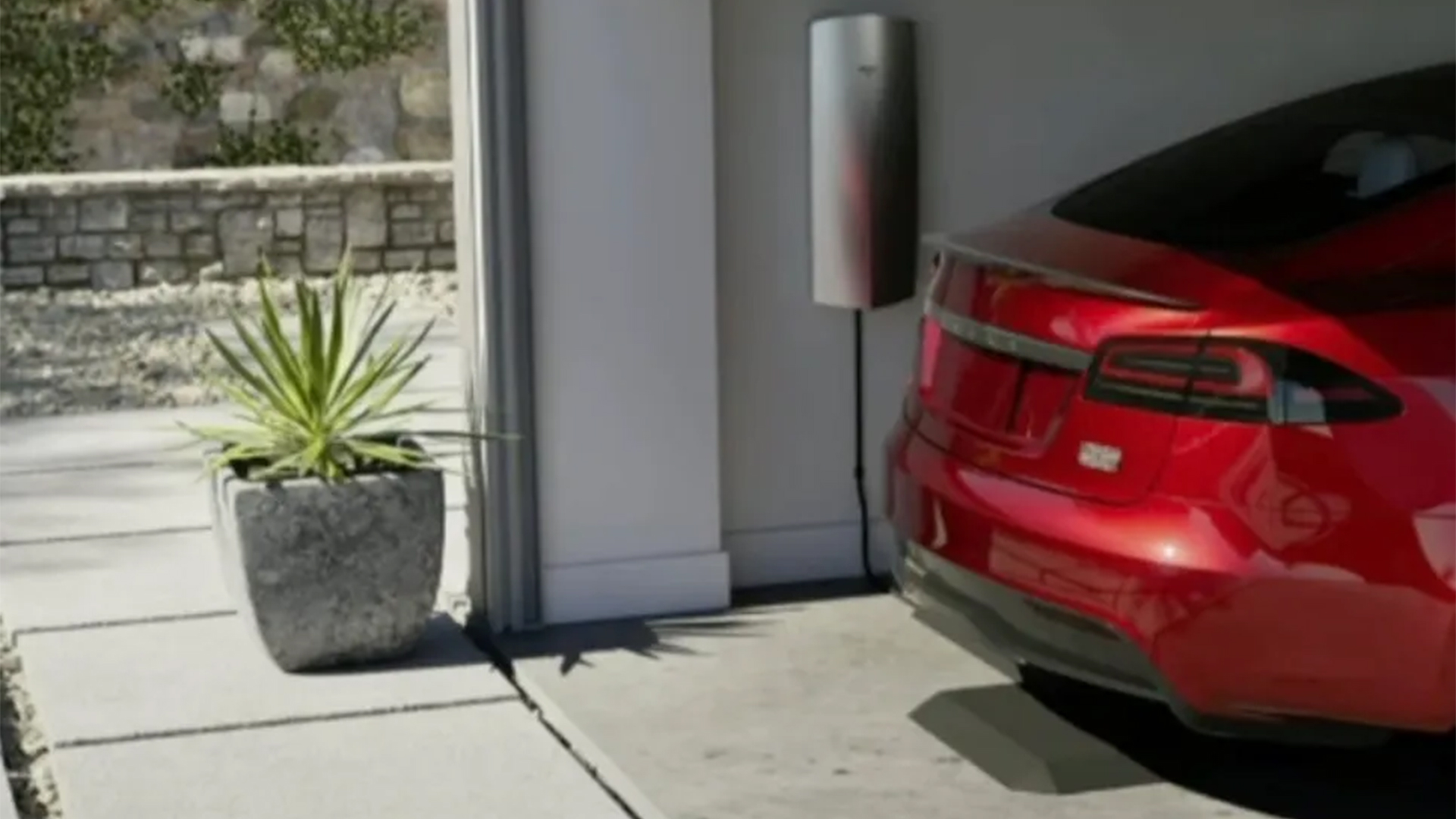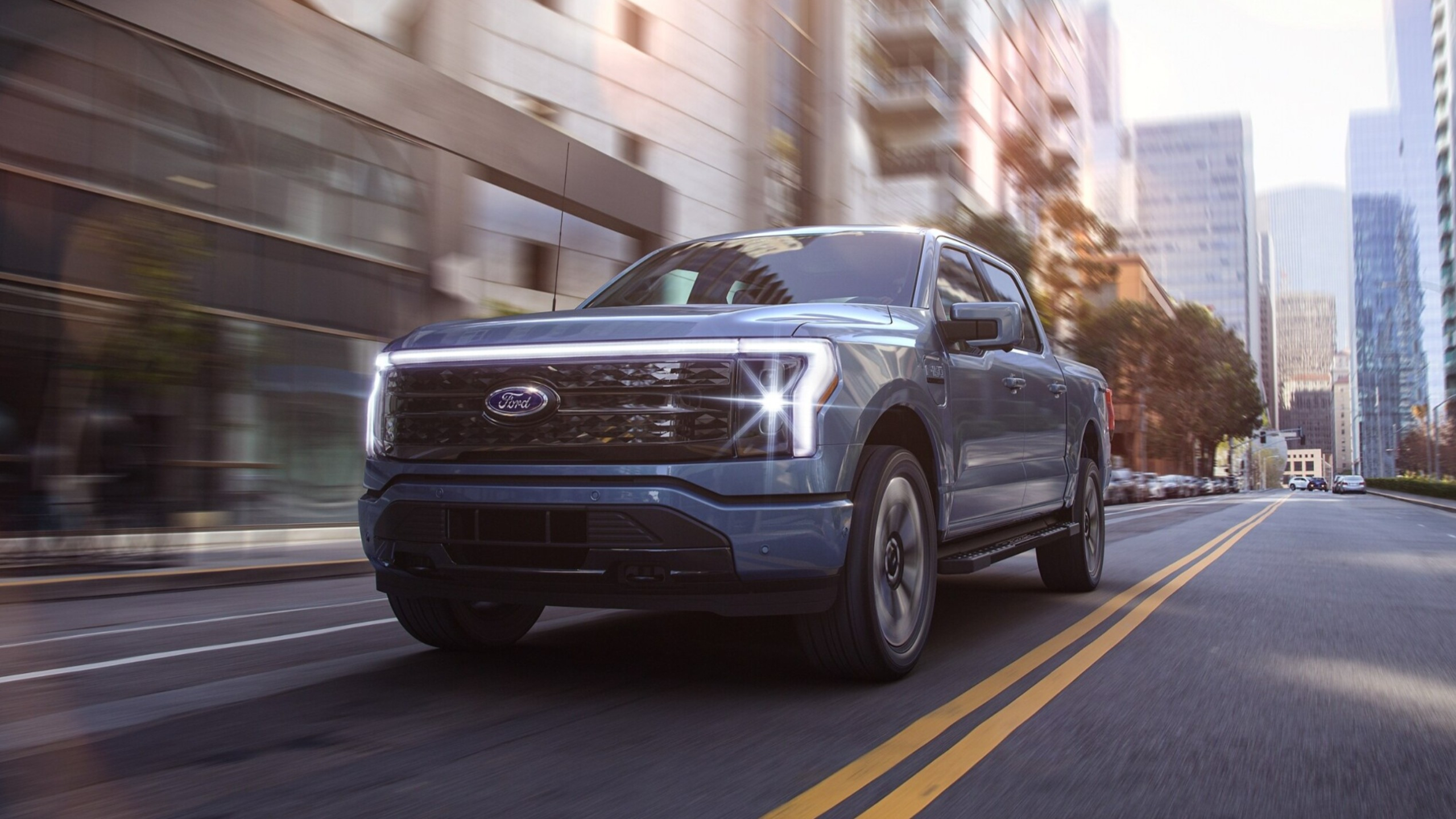
Tesla and BYD, two of the world's biggest EV producers, have both released sales figures for the first quarter of 2024, with the two companies experiencing a sharp downturn compared to the hugely successful end to the previous year.
Tesla has been enjoying quarterly increases in vehicle deliveries since a blip in the second quarter of 2022, but that all changed this month when it announced that its numbers have plummeted from a record high of 484,507 EVs at the tail end of last year, to just 386,810 at the start of 2024.
These figures could be viewed as an isolated incident, a general January tightening of belts, but BYD's pure EV numbers also fell by over 200,000 units in the same period, a decline of around 43 per cent compared to the fourth quarter of 2023, according to Reuters. However, it did experience a growth in its plug-in hybrid electric vehicles (PHEV).
Despite the issues faced big the big two, the same downward trend isn't happening across the board, as XPeng, for example, experienced a remarkable 99 per cent increase of EV sales in China throughout March, compared to the previous month, and a 29 per cent increase year-on-year.

Nio and Li Auto also posted increases year-on-year sales figures in their domestic markets, while Ford and Kia also both stated that they experienced bumper EV sales in the US this quarter, with the latter buoyed by the launch of its award-winning Kia EV9 SUV.
Still, the number of Kia EV9s in Q1 of this year is small fry compared to its mass market ICE models, such as the Sportage, Sorento and Forte, which continue to make up the bulk of Kia's sales in the US.
Similarly, Ford has stated that its hybrid Maverick SUV accounted for a large chunk of its overall electrified sales, with 19,660 finding new homes in Q1.
That’s almost the same number as its entire pure EV figures (20,223), which includes the Mustang Mach-E, Ford F-150 Lightning and its E-Transit commercial vehicle, during the same period.
Analysis: Are pure EVs missing the mark?

Some industry analysts believe sales of pure electric vehicles may well be hitting a road block, as many customers await the arrival of more affordable EVs that can truly rival their diesel or petrol counterparts on performance, sticker price and range.
Therein lies the issue, as the current crop of electrified passenger cars still falls well behind on the distance they can travel on a single charge – compared to a single tank of fuel – and the convenience of topping them up using the public networks.
To compound matters, residual values for EVs is frankly terrible, with luxury models proving to be among the worst. A Mercedes-Benz EQS, for example, has been found to lose nearly half of its value during the first year of ownership, which obliterates consumer trust in the technology. It's not the only model either, as the same can be said for things like the Porsche Taycan and BMW iX.
There is also the issue of a price war, fueled predominantly by cheaper Chinese automakers, which could well force used prices of current EVs to fall even further, as established automakers slash the cost of new cars in an attempt to remain competitive and shift building stock.
An increase in demand for hybrid vehicles, which has been reported by the likes of Toyota and Ford, could also signal where the bulk of consumers' tastes currently lie.
This 'halfway house' technology is right for many of today’s motorists – blending the best of both worlds at a price that doesn't create a barrier to entry for those looking to upgrade aging petrol or diesel cars.
With ultra long-range battery technology – and the promise of five-minute charging times – still a long way off (and likely to be hideously expensive when they do arrive), it appears that the combustion engine isn't dead just yet.







